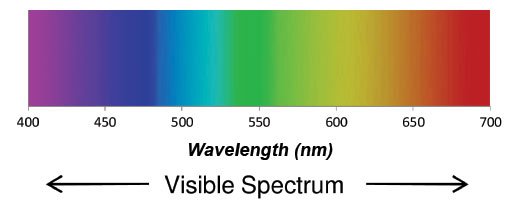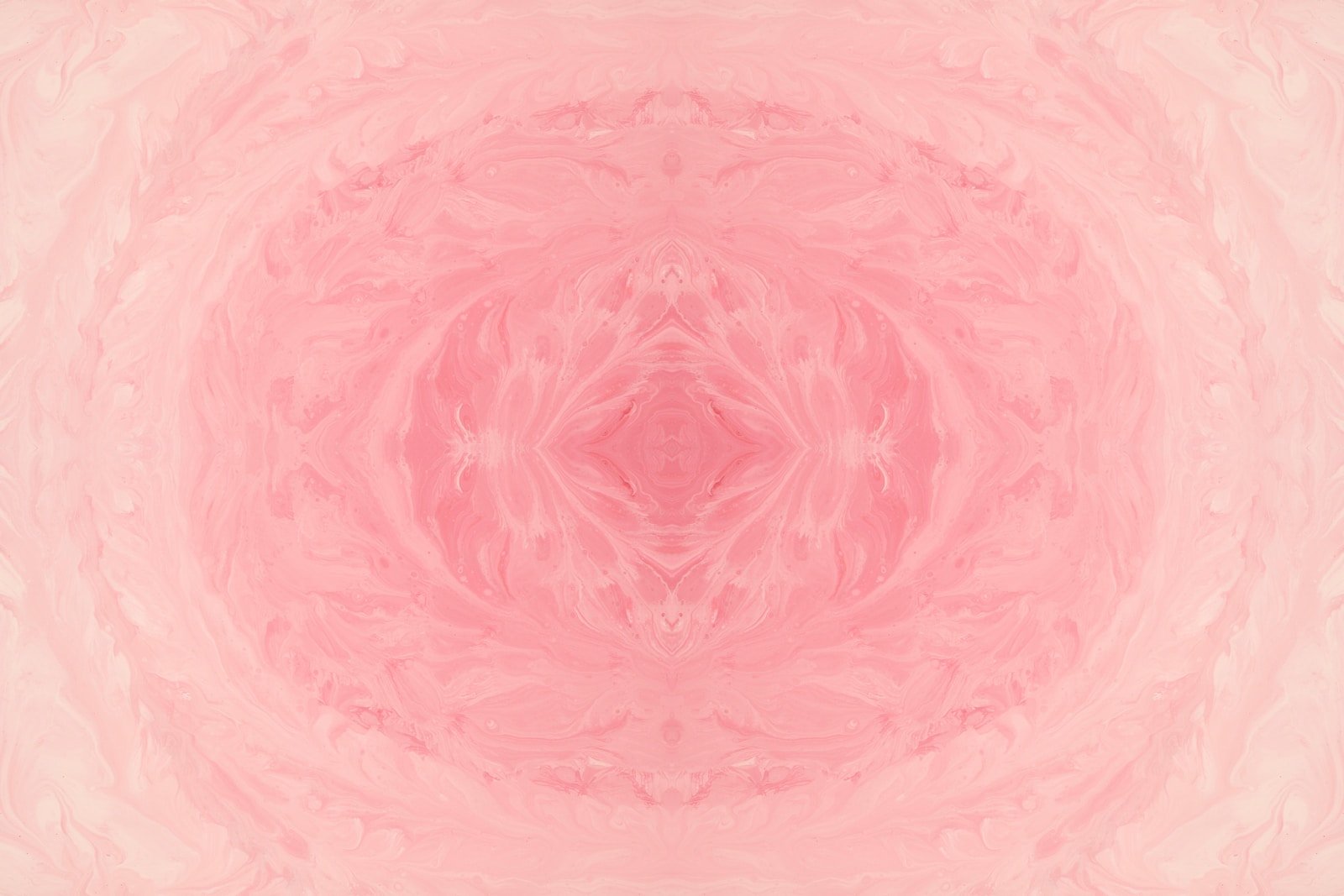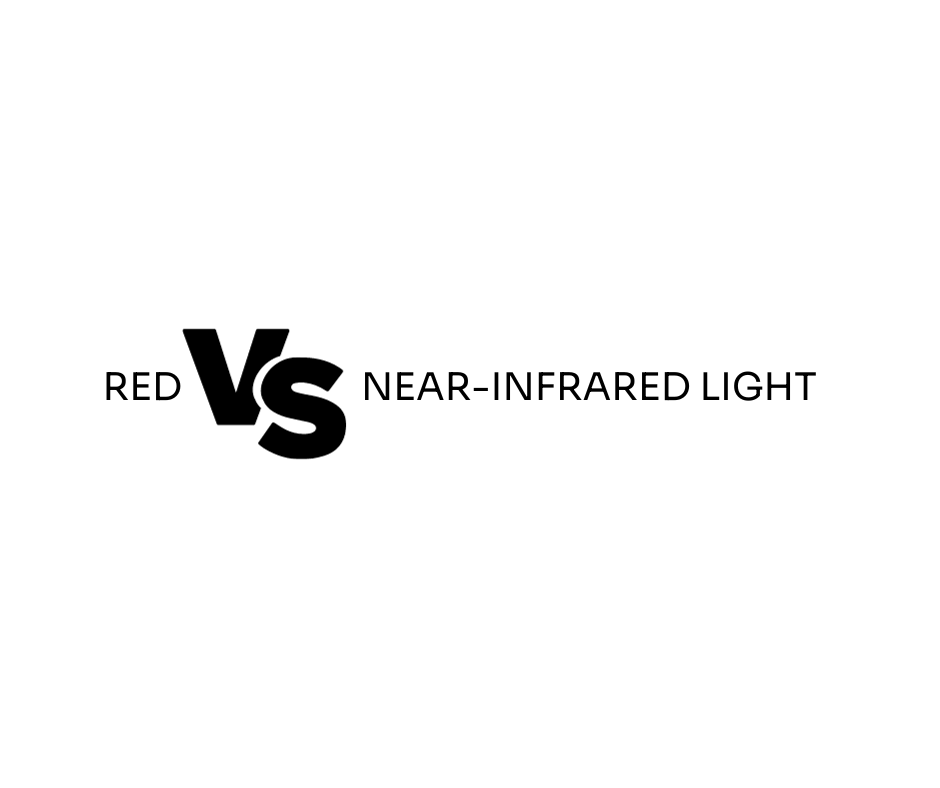When one thinks of sunlight, it often conjures images of sunny beaches and perhaps a slight worry about the sunburn that might follow prolonged exposure. While most people recognize sunlight as a source of UVB radiation, which stimulates the production of vitamin D and guards against ailments like autoimmune disorders, cancer, and cardiovascular diseases, few understand the other therapeutic radiation the sun generously offers.
The Power of the Sun’s Spectrum
Beyond the popularly known UVB radiation, sunlight emits light in the red and near-infrared spectrum. Dr. Ray Peat suggests that this could be “the fundamental anti-stress factor for all organisms.” This means that red light isn’t just a beneficial nutrient for humans but an essential health factor for every living entity on our planet, including the plants that turn to the sun for life.
It’s also important to highlight that while excessive ultraviolet light can lead to sunburn, the red and near-infrared light wavelengths play a protective role, shielding the skin from such burns.
Tanning Beds: A Closer Look
To better understand the significance of natural solar radiation and red light therapy, it’s vital to consider tanning beds. These beds predominantly emit 95% light in the UVA spectrum and a mere 5% UVB – the latter being responsible for converting cholesterol in our skin into Vitamin D.
The downside to tanning beds is their lack of protective red and near-infrared light. This omission makes ultraviolet exposure all the more harmful. Ultraviolet light damages the skin similarly to ionizing radiation, such as that from X-rays or radiotherapy. However, while a sunburn only affects the skin’s surface, radiotherapy impacts the entire body. The absence of balancing red or near-infrared light in tanning beds makes them a dangerous option, known to be a cancer risk.
However, it’s worth noting that tanning beds can be made considerably safer by replacing around 60% of their UV bulbs with bulbs emitting light in the red or near-infrared spectrum. This adjustment would mimic the balanced radiation of natural sunlight more closely.
Decoding Red Light
Ever witnessed light refracting into a rainbow of colors when passed through a prism? This breakdown represents the visible spectrum of light. Among these colors is red, a radiation form visible to the human eye and situated between 600-700 nanometers in wavelength.

Unlike most light wavelengths that are absorbed by the skin’s surface layers, red light penetrates deeper. While some colors might adversely affect cellular health, the depth of red light’s penetration makes it therapeutically beneficial, reaching tissues and cells deep within the body.
Delving into Near-Infrared Light
When we soak in the warmth of the sun or feel the heat from a campfire, we are experiencing infrared light. While the human eye can see wavelengths between 400-700 nanometers, it can’t perceive those beyond this range, like infrared. However, our bodies can still feel this part of the spectrum.
The infrared spectrum spans from 700 nm to 1 mm (10,000nm) and is categorized into near-infrared, middle-infrared, and far-infrared. Based on the research by Hong Kong scientist Cheah Kok Wai:
- Near-Infrared (Infrared-A or IR-A): 700nm – 1400nm
- Mid-Infrared (Infrared-B or IR-B): 1,400nm – 3,000nm
- Far-Infrared (Infrared-C or IR-C): 3,000nm – 1mm
Therapeutically, the most effective wavelengths of infrared light range between 700nm and 1400nm.
In summary, both red and near-infrared radiations play pivotal roles in health, well-being, and therapy. Recognizing and harnessing their potential can open up new avenues in therapeutic treatments and a better understanding of our relationship with the sunlight we often take for granted.






